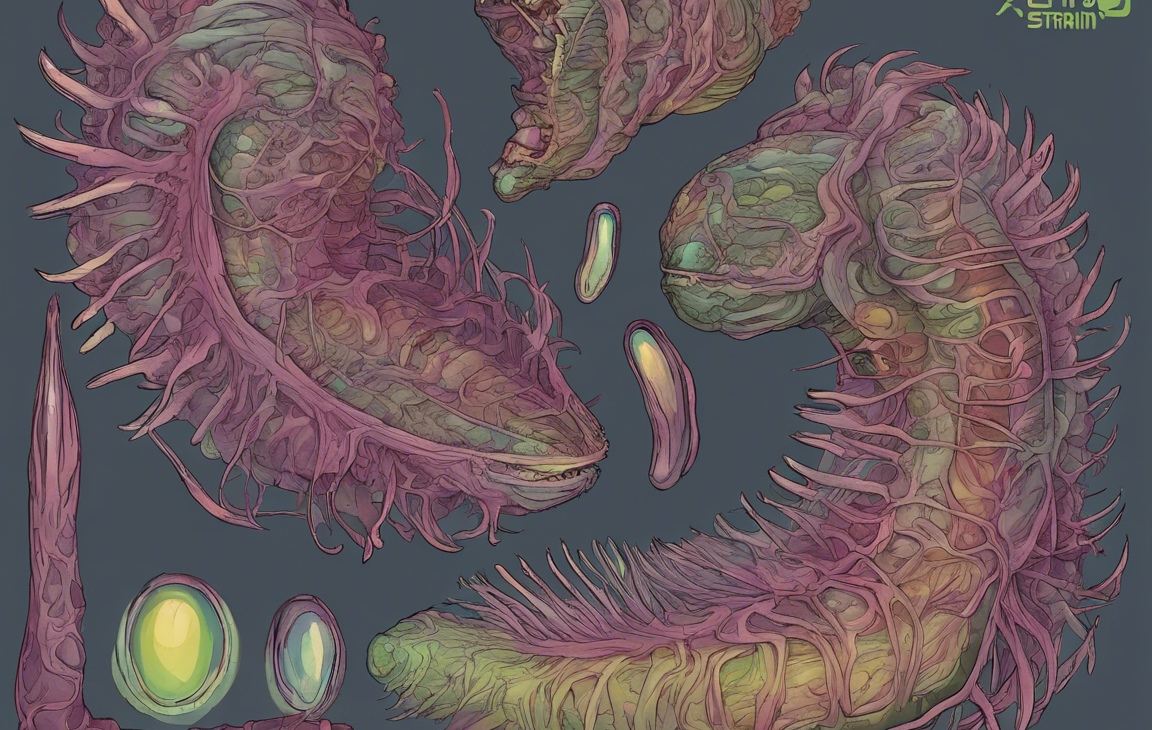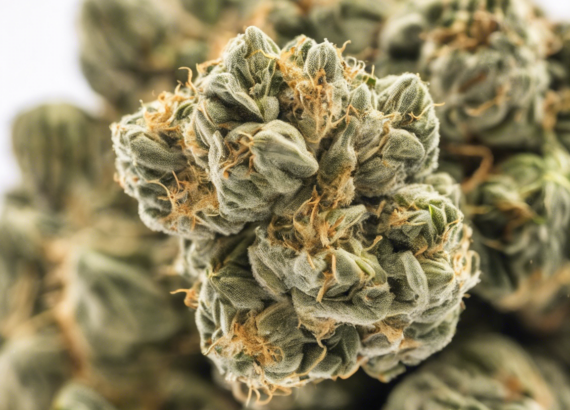Introduction
The Xeno Strain is a term that strikes fear into the hearts of many, evoking images of deadly outbreaks and global pandemics. But what exactly is this mysterious pathogen, and where did it come from? In this in-depth exploration, we will delve into the origins of the Xeno Strain, explore its impact on human populations, and discuss the measures being taken to combat its spread.
Origins of the Xeno Strain
The Xeno Strain is believed to have originated in a remote jungle region, where it was first discovered by scientists studying the local wildlife. Initial reports indicated that the pathogen had a high mortality rate among animal populations, sparking concerns about the potential for a zoonotic transmission to humans. Further research revealed that the Xeno Strain is a highly contagious virus that attacks the respiratory system, causing severe acute respiratory distress syndrome (ARDS) in its victims.
Transmission Dynamics
The Xeno Strain is primarily transmitted through respiratory droplets, making it highly contagious in close contact settings such as hospitals, schools, and public transportation. The virus can also survive on surfaces for extended periods, increasing the risk of indirect transmission through fomites. As a result, public health authorities have implemented strict guidelines for personal hygiene, environmental disinfection, and social distancing to prevent the spread of the Xeno Strain.
Clinical Manifestations
Individuals infected with the Xeno Strain may experience a wide range of symptoms, ranging from mild respiratory illness to severe pneumonia and respiratory failure. Common signs of infection include fever, cough, shortness of breath, fatigue, and muscle aches. In severe cases, patients may develop complications such as sepsis, acute respiratory distress syndrome, and multi-organ failure, leading to a high mortality rate among vulnerable populations.
Diagnosis and Treatment
Diagnosing the Xeno Strain can be challenging due to its similarities with other respiratory pathogens such as influenza and respiratory syncytial virus (RSV). Laboratory testing, including polymerase chain reaction (PCR) and serological assays, is often required to confirm the presence of the virus in suspected cases. Treatment options for the Xeno Strain are limited to supportive care, such as supplemental oxygen, fluid management, and antipyretic medications, as no specific antiviral therapy has been proven effective against this novel pathogen.
Preventive Measures
Preventing the spread of the Xeno Strain relies on a combination of public health interventions and individual behaviors. Vaccination programs are being developed to boost population immunity and reduce the overall burden of disease. In the meantime, practicing good hand hygiene, wearing masks in crowded spaces, and avoiding close contact with sick individuals are essential strategies for minimizing the risk of infection.
Impact on Global Health
The Xeno Strain has had a profound impact on global health, challenging healthcare systems and economies around the world. The rapid spread of the virus has led to widespread panic, social unrest, and economic instability, prompting governments to implement emergency measures such as lockdowns, travel restrictions, and quarantine protocols to curb transmission. The long-term consequences of the Xeno Strain are still unknown, but experts warn of potential waves of infection and the emergence of new variants that could prolong the pandemic indefinitely.
Future Directions
As scientists continue to study the Xeno Strain and develop new strategies for its containment, it is essential for policymakers, healthcare providers, and the general public to remain vigilant and proactive in their response to this ongoing public health crisis. Collaborative efforts across disciplines and international borders will be critical in overcoming the challenges posed by this deadly pathogen and preventing future pandemics of this magnitude.
FAQs about the Xeno Strain
- What are the main symptoms of the Xeno Strain?
-
The main symptoms of the Xeno Strain include fever, cough, shortness of breath, fatigue, and muscle aches.
-
How is the Xeno Strain transmitted?
-
The Xeno Strain is primarily transmitted through respiratory droplets and can also survive on surfaces for extended periods.
-
Is there a cure for the Xeno Strain?
-
Currently, there is no specific cure for the Xeno Strain, and treatment is focused on supportive care to manage symptoms.
-
What preventive measures can I take to avoid contracting the Xeno Strain?
-
Practicing good hand hygiene, wearing masks, and avoiding close contact with sick individuals are key preventive measures against the Xeno Strain.
-
Are there any approved vaccines for the Xeno Strain?
- Vaccine development is underway, but no approved vaccines are currently available for the Xeno Strain.
In conclusion, the Xeno Strain represents a formidable challenge to global health security, underscoring the importance of proactive preparedness and effective response strategies in mitigating the impact of emerging infectious diseases. By working together and staying informed, we can navigate through these uncertain times and emerge stronger on the other side.







